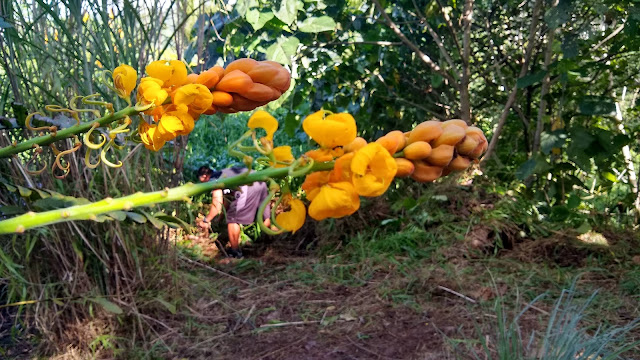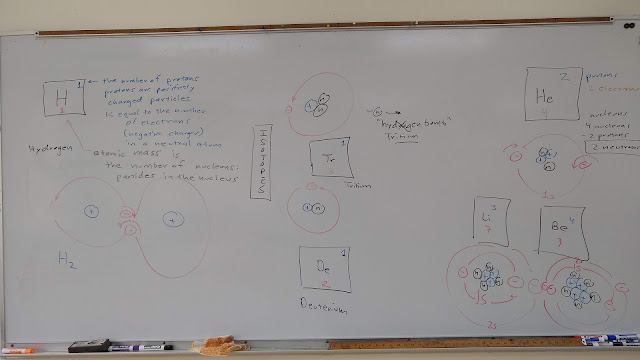Mathematical models, flying disks, and flying rings

On the board I first covered the horizontal distance for an object launched from a height h as a function of the horizontal velocity vx. Then I briefly covered the horizontal distance for an object launched at an angle theta and noted how this was a different mathematical model. This term I remembered to bring a hat and sunglasses, I also looked up the information that the soccer field was unbearable in the morning humidity. Stacey, Merenda, Jerome, Michsane The morning class borrowed a small patch of shade on the lawns Salvin, Frankie, Dori-Ann I ran the tape out to the west-northwest to provide a clean shot. I again used the tape to provide a way of determining the distance flown. In the morning I used swerve balls (orange) and various disks. The G2 air proved to be a stealth disk: the radar could not pick up a reflection from that disk. Also needed is paper towel to wipe the tape on reel in. I brought a GPS in the event that a disk went long, but only the golf dis




